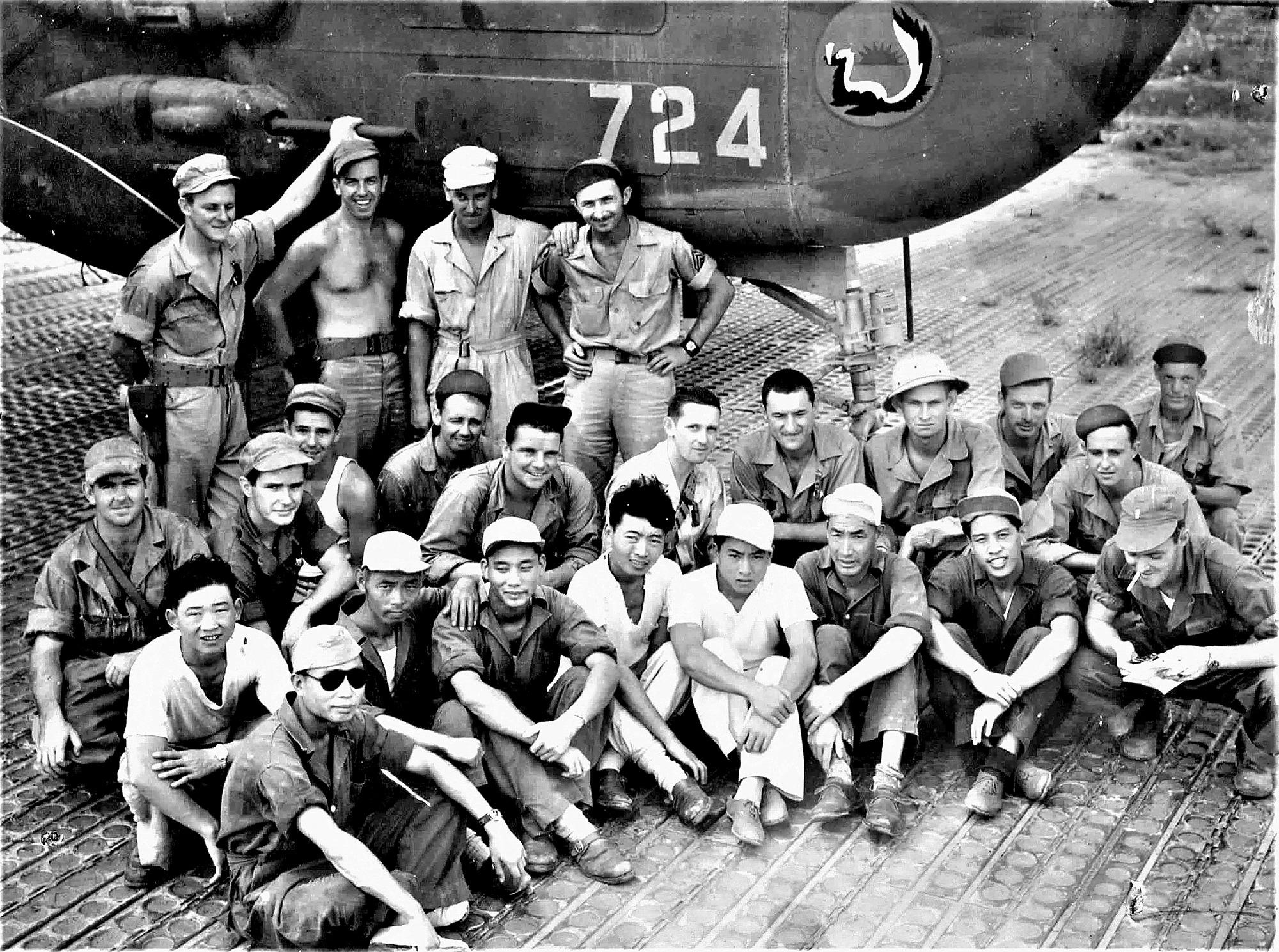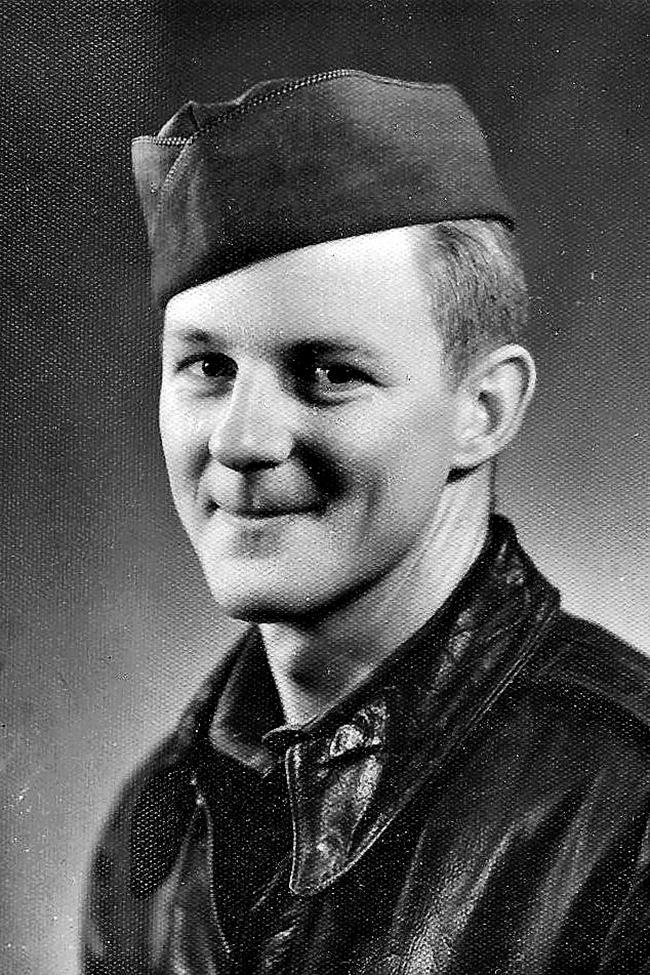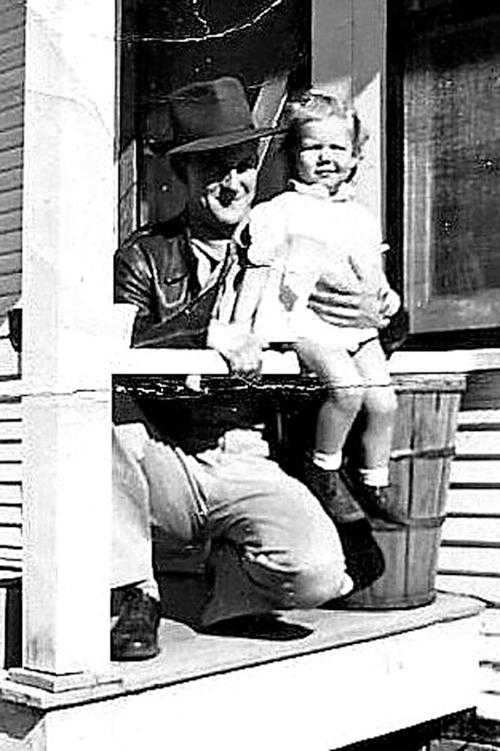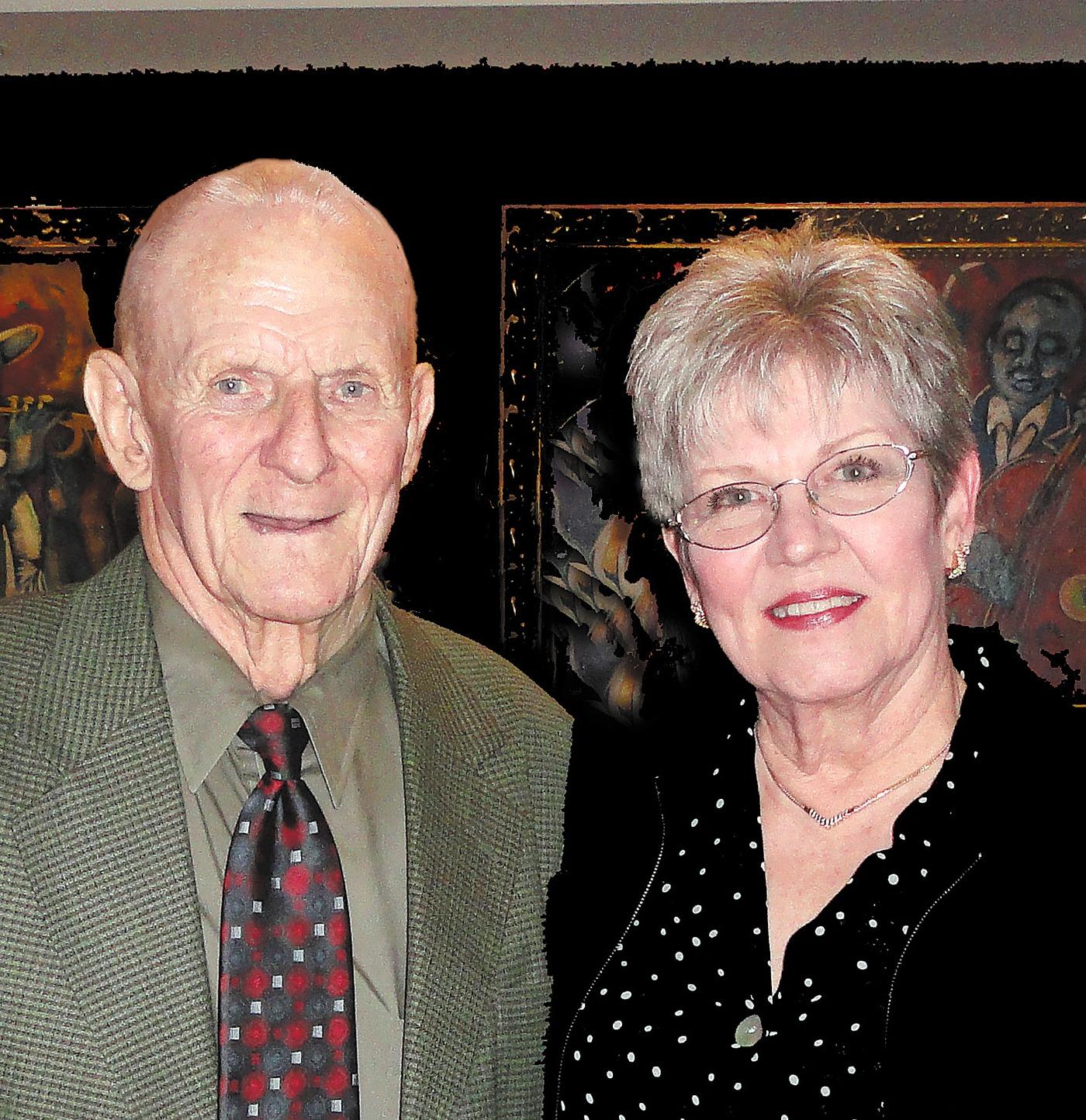Photos found in a hat box lead to a book that celebrates the heroic aviators, efforts to ensure closer Sino-US ties
 James Mills (back row, left) and US and Chinese mechanics pose in front of a B-25 bomber at Moran Air Field in Assam, India. (PROVIDED TO CHINA DAILY)
James Mills (back row, left) and US and Chinese mechanics pose in front of a B-25 bomber at Moran Air Field in Assam, India. (PROVIDED TO CHINA DAILY)
Fifteen years ago, on a visit to her parents’ home in Texas, Margaret Kincannon found a hat box in which they kept old photographs, including a great many from the military service of her father, James Mills, who used to be a B-25 bomber crew chief.
“He was then approaching 90 years old, and I realized that time was running short for me to learn more about his wartime experiences,” she said.
“I asked if I could take the photos home with me because I hoped to find clues about the people and places pictured in them.”
Two months later, her parents’ house was flooded after a hurricane struck the United States’ Gulf Coast.
“The photographs would have been destroyed if I had not taken them to my home farther inland,” Kincannon said, adding that she considered it a sign that she should continue her efforts to learn more.
READ MORE: China visit underscores Flying Tigers' legacy
Following a note — “Sgt J H Mills, 3 Bomb Sq., 1 Bomb Gr., CACW 14 Air Force 627” — written by her father on the back of one of several small, colored photographs of tourist attractions near Chongqing in southwestern China, Kincannon began searching the internet for information.
CACW was the abbreviation for the Chinese-American Composite Wing — popularly known as the Flying Tigers — the only organization in World War II made up of both US and Chinese personnel who worked side-by-side, both on the ground and in the air.
When her father returned home in 1945 after his service in the squadron, Kincannon was only 18 months old. “I knew that he was a ‘Flying Tiger’ since childhood, although I never really understood what that meant until I began my research,” she said.
 Mills during his mission in World War II. (PROVIDED TO CHINA DAILY)
Mills during his mission in World War II. (PROVIDED TO CHINA DAILY)
Her father initially remembered little about his wartime experiences but the more details Kincannon found from official records, newspapers, and service publications, the more her father could recall.
He described missions against energy supply facilities in Wuhan, Hubei province, where the Japanese had installed massive searchlights to discourage attacks.
“They would track us in the air and that anti-aircraft fire was popping all around us,” he recalled. Locked in the bright, white beam and surrounded by a barrage of flak, her father felt completely vulnerable and helpless. “I was thinking, I hope none of that stuff hits me,” he said.
Far more pleasant were his memories of the Chinese people.
Kincannon said two of the mechanics who worked with her father spoke some English, and they often taught him Chinese words and phrases as they worked together.
Her father especially remembered the hospitality of the people of China and told her about being invited by one of them to a Chinese restaurant in town. “I was the only American there. All the rest of them were Chinese, and I was there as the guest of one of those Chinese men,” he recalled.
Kincannon ended up gathering a vast amount of information, especially after she began to find family members of other Flying Tigers veterans, and realized she needed to share what she had discovered by writing a book.
 Mills works with a Chinese airplane mechanic after the 3rd Bomb Squadron was organized in early 1944. (PROVIDED TO CHINA DAILY)
Mills works with a Chinese airplane mechanic after the 3rd Bomb Squadron was organized in early 1944. (PROVIDED TO CHINA DAILY)
She was able to identify 120 men who served at one time or another in the 3rd Bomb Squadron. But sadly, most of the information about them came from online obituaries.
Finding their family members allowed her to also include photographs and stories of those veterans, in addition to her father’s. “Because my book is so thoroughly researched, the process of writing it took about 10 years,” she said.
Titled The Spray and Pray Squadron: 3rd Bomb Squadron, 1st Bomb Group, Chinese-American Composite Wing in World War II, the book will be released in late April.
Kincannon’s father died in 2016, and the book has become a memorial to honor him.
“Collaborating with him to compile my book significantly improved our relationship and created a closer bond than we had ever shared before, because I understood more about him than I ever had previously, and he realized that I understood the hardships he had endured,” she said.
Her book includes several examples of conflicts that sometimes arose between the two nationalities, occasionally even leading to physical confrontation, but it also shows their willingness to put aside their differences to work together for the common good.
 Margaret Kincannon and her father.(PROVIDED TO CHINA DAILY)
Margaret Kincannon and her father.(PROVIDED TO CHINA DAILY)
Kincannon said the book was a clear demonstration of the great advantage that can be gained when people set aside their individual differences and work together to achieve a shared goal — victory over a common enemy in her father’s case.
“If the Flying Tigers were successful in accomplishing it then, we can do it now,” Kincannon said, adding that using the book to promote the spirit of the Flying Tigers was one of her primary goals.
“Ours are the two greatest nations on Earth today, and reestablishing the spirit of mutual respect and cooperation that prevailed during World War II can only benefit us both, while perpetuating an atmosphere of distrust and animosity can only lead to tragic consequences for both nations,” she said.
Having seen many photographs that depicted life in China, including a farmer herding ducks, a street vendor selling chestnuts, and temples, houses, and many other scenes, Kincannon always dreamed of visiting the vast and beautiful land that her father spoke about with such admiration.
“It was only after my association with the Sino-American Aviation Heritage Foundation that I began to realize that it was a possibility,” said Kincannon, who became the foundation’s vice-chairwoman about two years ago.
Founded in 1998, the foundation is a US civil friendship group aimed at promoting the study and commemoration of China-US historical aviation events.
Last October, Kincannon, together with her husband and daughter, paid her first visit to China, which took her to some of the cities her father visited or was stationed.
“Tears came to my eyes when our plane landed at Baishiyi, because my father was there from September 1944, when his squadron evacuated from Guilin, until January 1945,” she said.
 Mills and Kincannon. (PROVIDED TO CHINA DAILY)
Mills and Kincannon. (PROVIDED TO CHINA DAILY)
When they crossed the mountains to Chongqing, she remembered her father’s story about traveling with two friends from their base, conveyed by coolies carrying sedan chairs along rice paddy paths to the city.
“I had included descriptions of those events in my book, but now I have a greater understanding of them because I have been there and have seen those places myself,” she said.
ALSO READ: Flying Tigers return to Chongqing, Guilin to rekindle friendship
Kincannon, a retired schoolteacher, also serves as the director of education for the foundation’s Flying Tigers Friendship Schools and Youth Leadership Program.
“It is still in its early stages of development but several schools in the US and in China have teamed together for the purposes of enhancing mutual understanding and friendship, as well as deepening mutual respect and cooperation, by commemorating the common heritage of the Flying Tigers,” she said.
Kincannon said the people of the two nations have far more in common than they have differences and the program would help improve international relationships.
“A small change can lead to a big difference,” she said.



